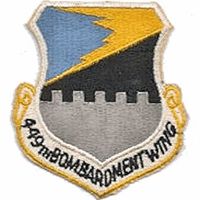When was a guided bomb first used in battle?
Precision guided munitions, or guided bombs differ from ordinary gravity bombs, because they can actually steer towards their intended targets, and can even strike moving targets.The Fritz X was the first precision guided munition and it was deployed by Germany during World War II.
The theory behind the Fritz X Guided bomb was developed by a German engineer named Max Kramer in 1939, when he was experimenting with radio controlled fins to steer gravity bombs. Further development continued through the early 1940s and the first successful bombing was carried out to sink the Italian Battleship Roma on Sept 8 1943, to keep it from being used by the Allied forces after Italy's surrender. The First Allied target, the American Light Cruiser, USS Savannah, was severely damaged and nearly sunk on Sept 11 1943. The Fritz X was dropped by a Bomber aircraft and the bombardier needed to steer the bomb, by radio control, all the way to impact.
Modern guided munitions have computer controls and are guided by radar, thermal imagery, or lasers. They can also be guided by ground forces using laser to pinpoint the target.
Although crude by today's standards, it led to the development of more sophisticated weapons such as the GBU-57 Laser guided Munition, and the GBU-43/B Massive Ordnance Air Blast (MOAB) munition, which is a bomb so large that it has to be dropped out of the rear door of a C130 or C17 Cargo plane.
More Info:
en.wikipedia.org











